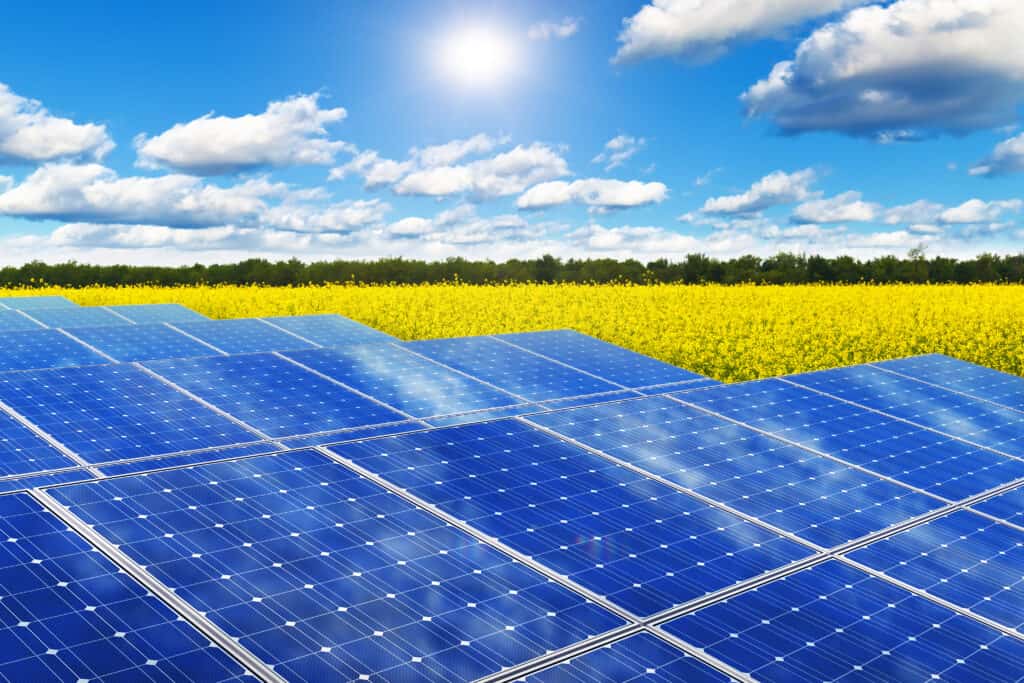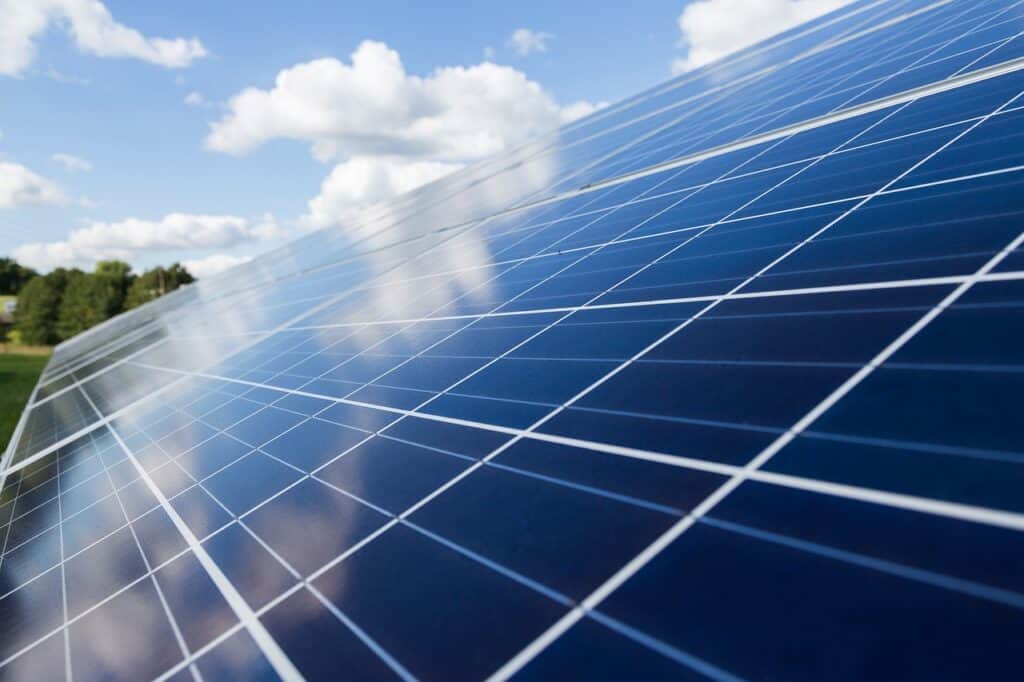Harnessing the power of our sun is a huge endeavor. But if humanity can achieve it, it will benefit our planet.
Community solar is a new option for people who want to go solar but cannot install rooftop panels. This allows individuals to subscribe to a shared solar garden and receive credits on their utility bills.

Photo credit: Depositphotos
Reduced Utility Bills
Community solar is a great way to support renewable energy and reduce your electricity bill without investing in an onsite system. Most people who participate in a community solar project receive credits on their utility bills that match the amount of power their share of the project produces. As a result, they save about 10% off their electricity bill year after year.
The cost of a rooftop solar panel system can be prohibitive for many households, especially low-income households or those with roofs that cannot host panels. This is where community solar shines – it provides a pathway to the benefits of renewable energy for residents who may have been prevented from going solar due to financial constraints or logistical restrictions.
These community solar gardens are large investments in local communities, often employing hundreds of workers in construction and operation. These jobs contribute to the local economy and boost neighboring businesses as well. Long-term local tax revenues for community solar projects can also help fund schools and municipal services.
Community solar projects are typically built in low-income neighborhoods, benefitting the community economically and environmentally. These are the same areas that have been disproportionately affected by pollution from nearby fossil fuel plants and are often closer to polluting power stations, making them vulnerable to spikes in electricity prices.
Increased Energy Savings
The long, sunny summer days bolster solar production and increase energy savings for community solar garden participants. These benefits make community solar accessible to all households, schools, businesses, religious organizations and more. By joining a local solar project, subscribers can offset 5%-15% of their electricity costs annually.
In addition to the direct energy cost savings subscribers receive, community solar gardens benefit local economies by providing jobs during construction and property taxes over the project’s lifetime. This helps bring additional revenue to the communities hosting them, supporting Main Street businesses and helping grow the economy.
While owning your rooftop solar can be a great option, not everyone can install panels due to financial constraints, roof size and other reasons. In that case, participating in a community solar project is the next best thing. This is especially true for renters and students, who can save with solar without the upfront costs of owning their system.
Additionally, subscriptions to community solar are easily transferable between addresses. They can be canceled or paused with just a phone call, making it easy for people to take advantage of solar’s environmental and energy savings benefits even when life events interfere.
Access to Renewable Energy
Community solar, also called shared solar or solar gardens, is a deployment model that allows individuals, nonprofits, and businesses to participate in solar energy without installing rooftop panels on their property. They buy or lease a portion of an offsite shared solar photovoltaic (PV) facility in the same distribution network as their utility provider and receive credits on their monthly utility bills for the power it produces.
This model is a good fit for people who can’t install solar at home due to the upfront costs, roof limitations, or renter agreements that limit their ability to reap the benefits of rooftop solar. Community solar is the best option for many low-income households and those living in affordable multifamily housing.
Solar gardens are often found in open spaces like farms, capped landfills, or abandoned industrial sites. However, they could also be installed on public buildings, including schools and parking garages. They’re also often located in areas where they can serve the needs of local communities, such as providing jobs and income for farmers and landowners or reducing carbon emissions and air pollution from conventional power plants.
Community solar also makes our electric grid more resilient. Unlike traditional power plants built away from customers, these installations are spread out across a large geographic area, reducing the overall impact of a power outage caused by natural disasters or severe weather.
Community Support
When you subscribe to community solar, you get access to a great deal of renewable energy and support your local economy. Local solar farms employ construction, engineering, operations, and maintenance workers who spend their wages at local restaurants, hotels, gas stations, and other small businesses. Local jobs are also created by the local tax revenues that the projects generate over their operational lifespans.
The most obvious benefit of community solar is the environmental one: reducing our reliance on fossil fuels and other harmful pollutants contributing to climate change. By lowering the amount of carbon dioxide and other emissions produced, community solar helps make our planet a better place for everyone.
Unlike rooftop solar, which is only available to homeowners, most of whom can’t afford the upfront costs of home installations, community solar gardens are accessible to people who don’t have enough space on their roofs or have other obstacles like shade or a homeowner’s association that don’t allow rooftop solar. In these cases, community solar is a great option that provides access to clean, sustainable energy for the entire neighborhood.
Additionally, many community solar projects offer consolidated billing, so you’ll receive only one bill with your subscription credits included. This helps simplify the process and ensures you can always track your solar savings.






This is such a great idea! Just think of all the benefits from the use of a solar garden. As you mentioned saving on energy, reducing harmful chemical and much more, plus it is cheaper. I know my neighbor has rooftop solar panels and he stated they were very costly, but he loves them!